| Home; Aviation; Cameras; Fiction; Health&Safety; Military; MS-Apps; Non-Fiction; Submarine; Technical; Trains; Watches; Transportation |
|---|
Subject: SR-71 - The KC-135 Tankers
Edited by David Barth, November 21, 2008
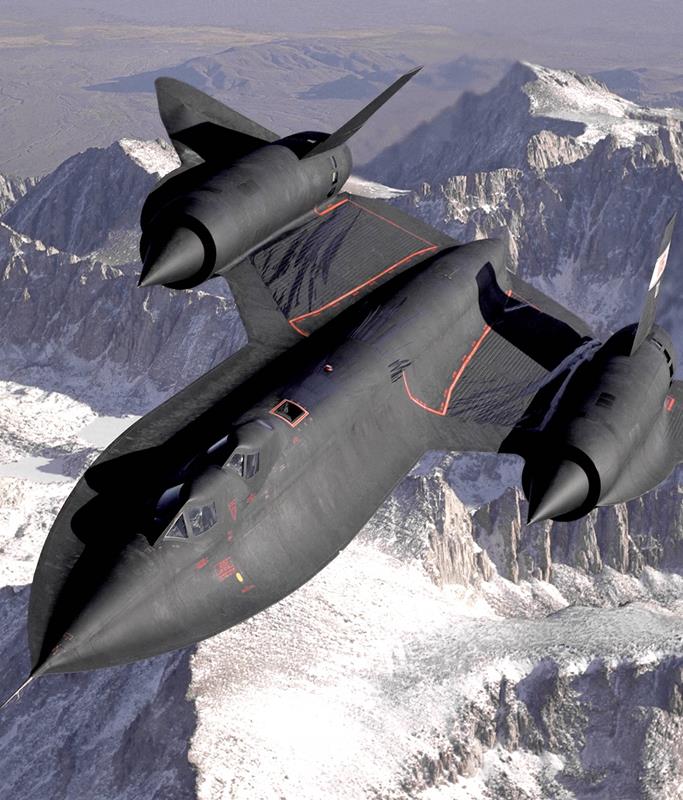 |
| SR-71 two-cockpit trainer version in flight. There were three models: SR-71B (two of these) and one SR-71C which is on display at Hill AFB. |
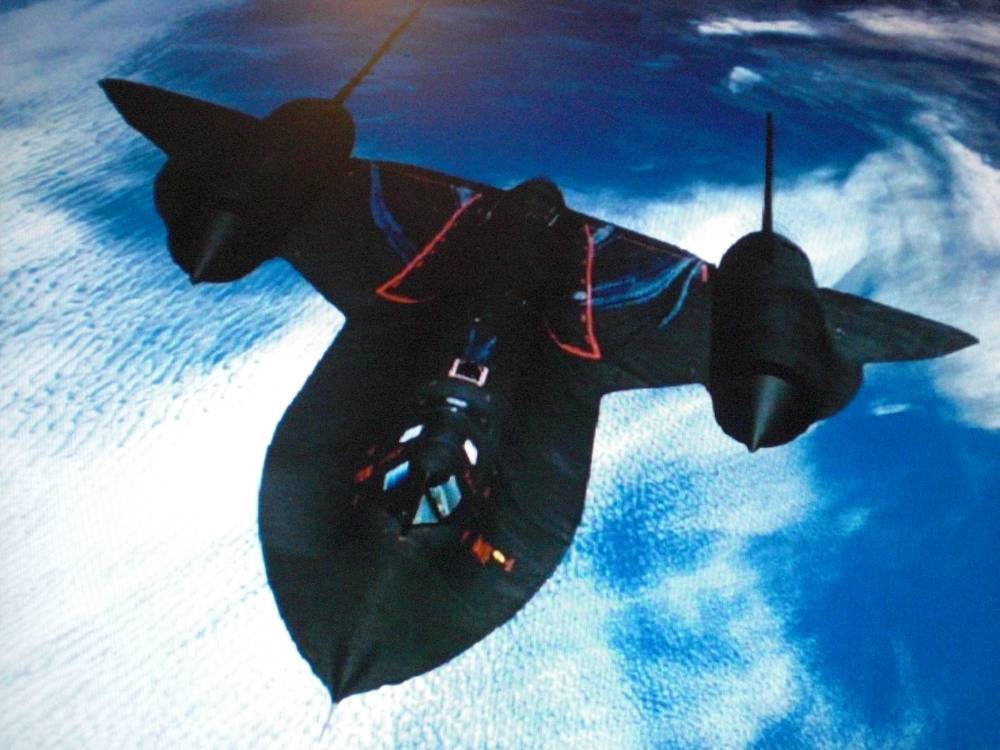 |
| SR-71 in flight. This is the reconnaissance version of which 29 were built. |
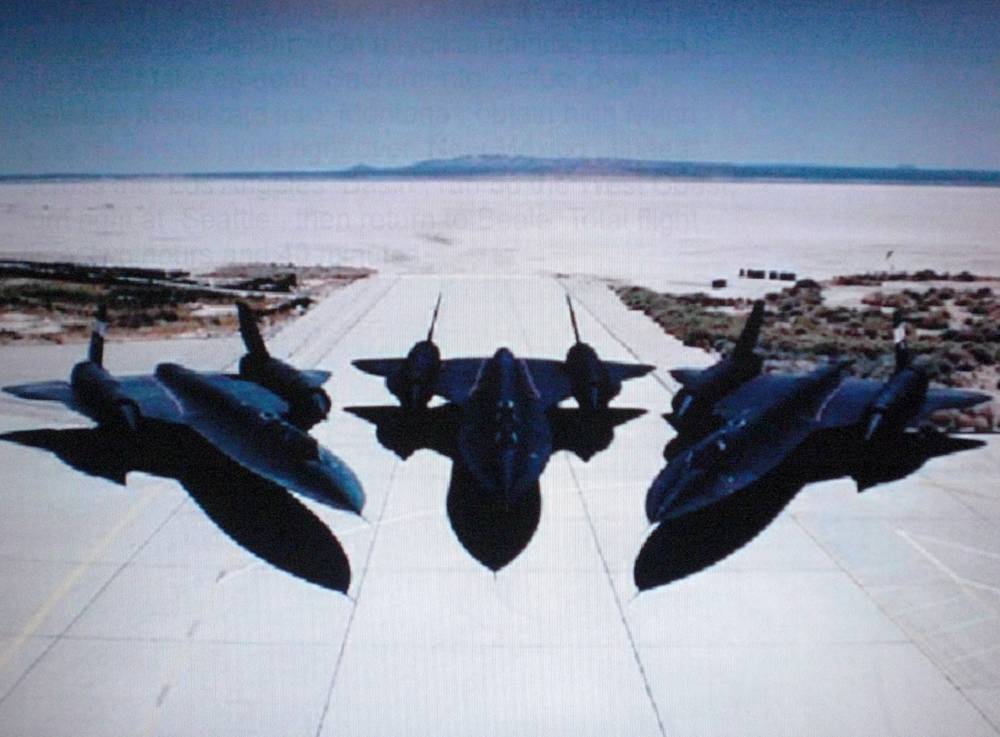 |
| SR-71 aircraft, perhaps at Groom Lake (Area 51) where the prototypes were test flown. |
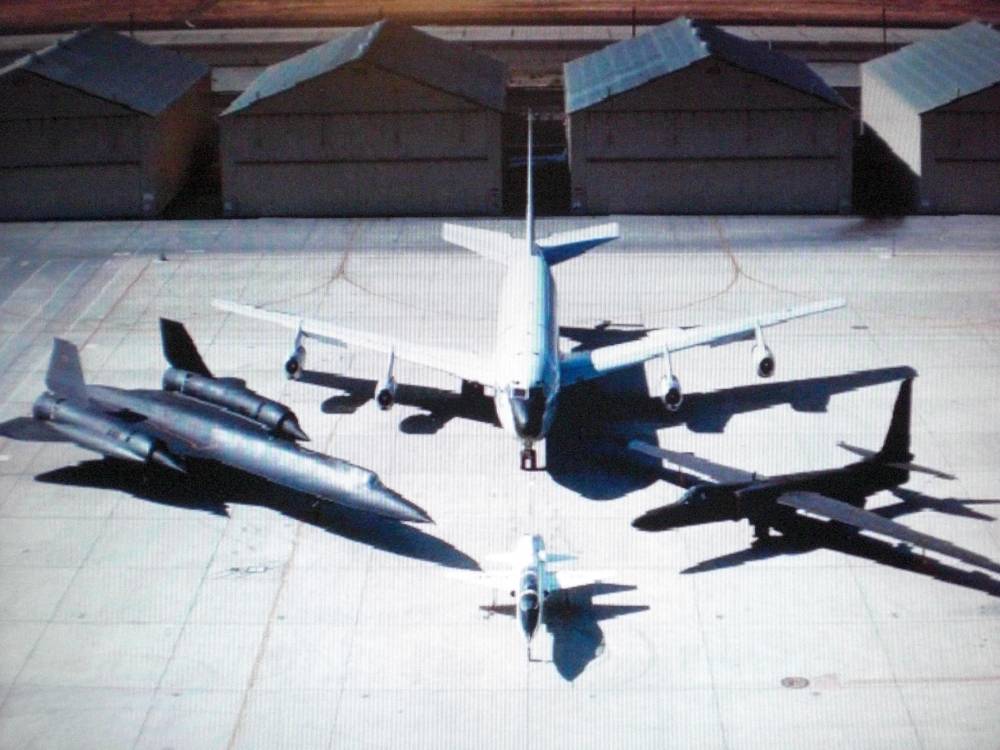 |
| From Left: SR-71, KC135Q tanker that carried the special JP-7 fuel, U2, and a T-38 used by SR-71 pilots to maintain their flying skills and as a chase plane when an SR-71 was low and slow in the immediate area. |
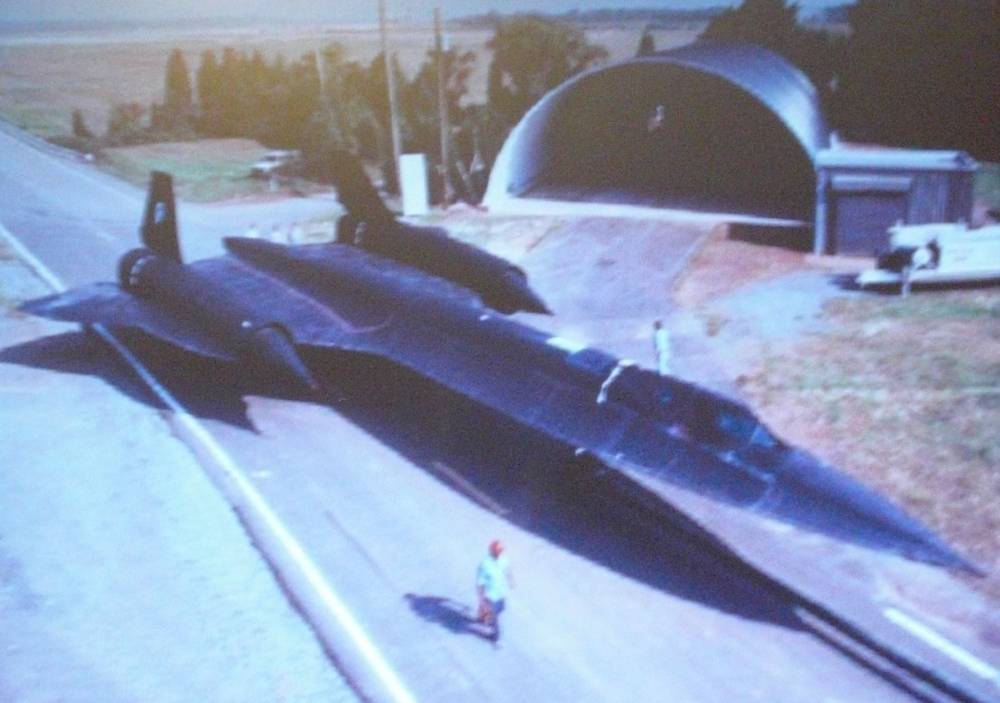 |
| SR-71 at a corrugated steel Quonset revetment. |
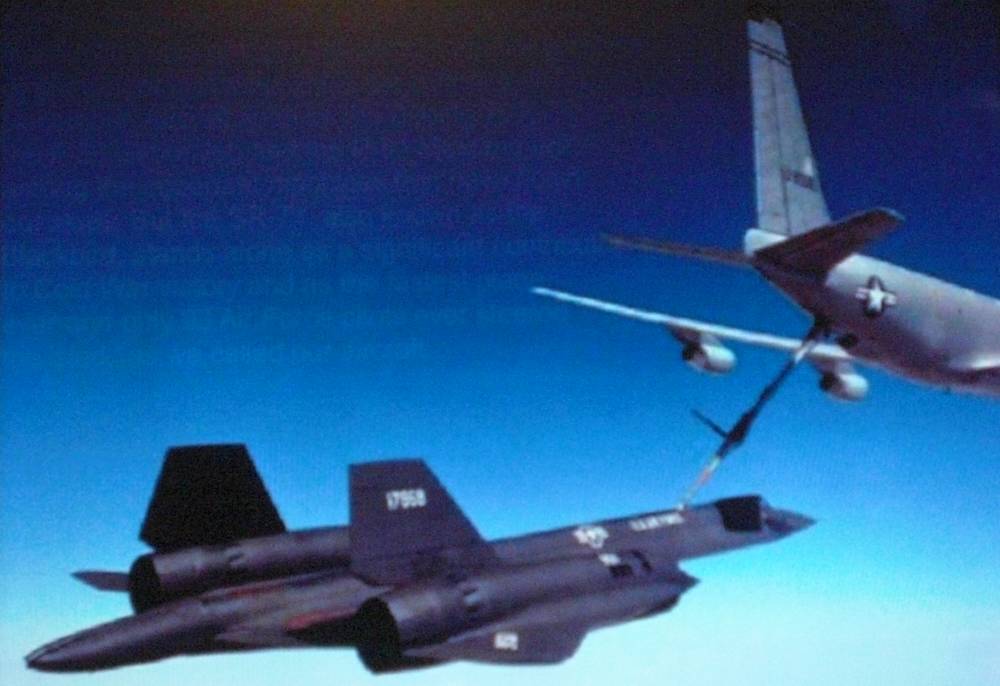 |
| SR-71 tanking. Taking on a full fuel load took about 15 minutes. |
The SR-71's two turbo-ramjet engines gobbled fuel, as can be imagined. After takeoff, the plane tanked (filled up with fuel from one of the special KC-135 tankers that carried the special JP-7 fuel), flew to its area of operation where reconnaissance was to be done, tanked again, then ascended to around 100,000 feet (approximately 32,000 meters) above mean sea level (MSL) and flew the prescribed route.
 |
| SR-71 taking fuel from KC-135 tanker |
Following the reconnaissance, it slowed and descended to tank again, and flew back to base. The most expensive part of the SR-71 program was the tankers which could only be used for the SR-71 program due to the special fuel they carried.
For every SR-71 mission, several Air Force KC-135 tankers had to fly to predetermined stations along the SR-71 route of flight and orbit until they were needed. For very long flights, nearly a dozen tankers were in the air.
To help alleviate the cost of tankers, bases in Okinawa and England were used in addition to the home base at Beale, California. To support reconnaissance of an international crisis, an SR-71 crew and plane were always on standby, ready to launch within several hours, and that meant that tankers had to be on standby and be incorporated into the flight plan.
Unlike Navy carrier operations where a standby plane can be readied and launched in a matter of less than 10 minutes and given flight vectors enroute, SR-71 reconnaissance operations required precise planning for the route, for tanker positioning along that route, and to give the subsonic tankers time to fly to their stations. Furthermore, the pilot and RSO had to be prepared by breathing a special air mixture and dressed in space suits capable of operating in a full-vacuum, activities which required some time.
Tanker operations remained in the SR-71's shadow of fame, but they carried out a critical function. Each tanker that was assigned to a mission, flew to its pre-arranged meeting point and orbited, waiting for the SR to arrive. Crews on the SR-71 tankers knew that the spy plane required fuel at the proper time to prevent its tanks from going dry, and more than once, when an SR was a bit off-course or flying too fast or too slow to meet the tanker at the pre-arranged time, tanker crews used their on-board radar to locate the position of the SR and fly toward it. Until hooked up to a tanker, there were times when SR pilots "sweated bullets" hoping they had enough fuel to hook up to the tanker's boom before running out of gas.
 |
| SR-71 in flight |